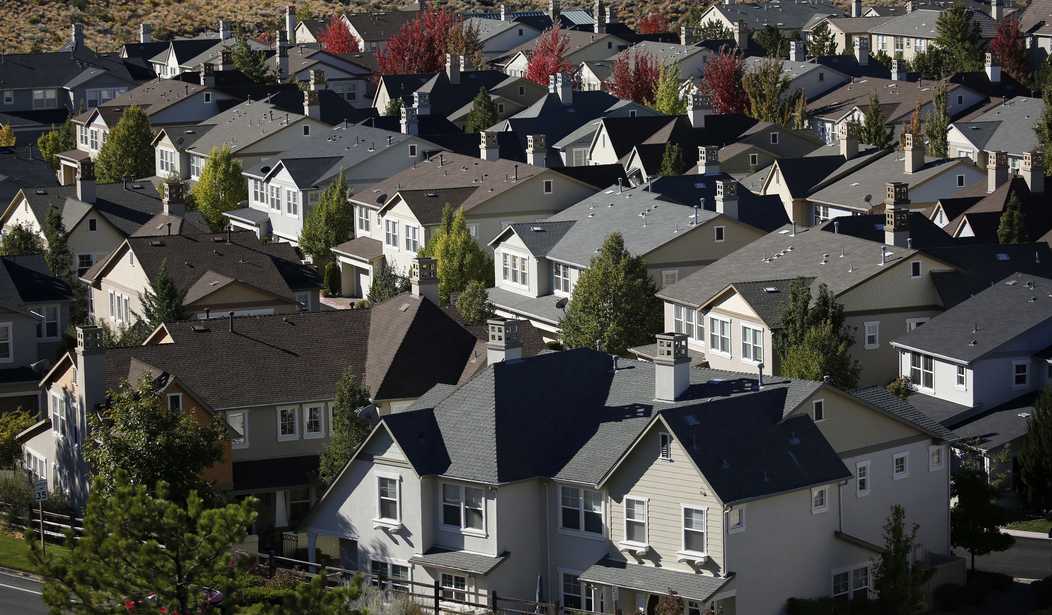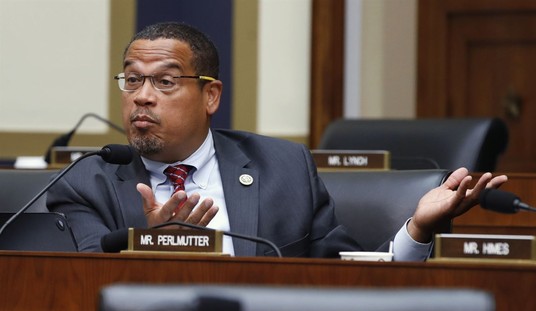Some years back our second daughter and her husband were living in the finished basement of our old house in Colorado. They lived there while trying to save money for a down payment on a house of their own, but the arrival of their daughter and then their first son set that plan back, and then Colorado real estate prices just kept ratcheting further out of reach. So, after talking with our oldest daughter, they moved to eastern Iowa, found jobs, and now own a comfortable four-bedroom, two-bath house in the same small Iowa town where our oldest lives. The sisters live only a few blocks from each other. Real estate prices are, obviously, much more affordable in their little Iowa town.
Our youngest two, with no kids among them (at least, not yet) still live in the Denver area. They are renting a nice townhome in a quiet, safe suburb of Denver, although they are only able to do so because our youngest lives with and shares expenses with her sister and brother-in-law. They are happy, they all get along well, and this way they can afford to live in a nice place, in a decent neighborhood. That's an accommodation the pricey Denver market has made necessary.
All over the United States, young people are facing these sorts of decisions. And in some places, young people are increasingly dealing with housing prices and inflation in general by living with their parents. It's revealing, though, to note, as a recent article informs us, which five states have the highest percentage of young people living with their parents - and which five have the lowest percentage. Let's take a look at those states, and some particulars about them.
Take a look at the places where young adults (aged 25–34) are living with Mom and Dad—and how much it costs to buy a home there.
1. Hawaii Percentage of young adults living with their families: 28.1%* Median home list price: $850,000
2. California Percentage of young adults living with their families: 26.2% Median home list price: $730,000
3. New Jersey Percentage of young adults living with their families: 25.9% Median home list price: $536,875
4. New York Percentage of young adults living with their families: 23.4% Median home list price: $652,520
5. New Hampshire Percentage of young adults living with their families: 22.9% Median home list price: $562,450
Now, let's look at the five with the lowest percentage:
1. North Dakota Percentage of young adults living with their families*: 4.6% Median home list price: $336,150
2. South Dakota Percentage of young adults living with their families: 9.1% Median home list price: $366,525
3. Iowa Percentage of young adults living with their families: 9.9% Median home list price: $294,750
4. Nebraska Percentage of young adults living with their families: 10.3% Median home list price: $350,000
5. Kansas Percentage of young adults living with their families: 10.9% Median home list price: $298,825
Now, just for s**ts and grins, let's look at the composition of these 10 state governments.
- Hawaii: Legislature: Democrat. Governor: Democrat.
- California: Legislature: Democrat. Governor: Democrat.
- New Jersey: Legislature: Democrat. Governor: Democrat.
- New York: Legislature: Democrat. Governor: Democrat.
- New Hampshire: Legislature: Republican. Governor: Republican.
- North Dakota: Legislature: Republican. Governor: Republican.
- South Dakota: Legislature: Republican. Governor: Republican.
- Iowa: Legislature: Republican. Governor: Republican.
- Nebraska: Legislature: Republican. Governor: Republican.
- Kansas: Legislature: Republican. Governor: Democrat.
Isn't that interesting? With a few outliers, the most expensive states for housing, and therefore with the highest percentage of youths unable to afford their own homes, are run by Democrats - with the exception, for some reason, of New Hampshire. The least expensive states, with the lowest percentage of live-at-home youths, are mostly Republican states.
The trend here is pretty obvious. While a lot of our current inflationary issues are the result of federal meddling, a lot of things affecting housing costs, from property taxes to zoning restrictions, are local.
See Related: Another One Bites the Dust With Bidenomics: Family Dollar and Dollar Tree to Close 1,000 Stores
Inflation Unexpectedly Higher in February Than Economists and White House Predicted
Now, to be fair, there are other factors. The most expensive states are also the ones, except New Hampshire, that have major urban areas. New Hampshire is very close to at least one major urban area, Boston. Big cities are always more expensive than small towns and rural communities; there are, or were until recently, more and better-paying jobs in those areas. Now, in our post-COVID world, more jobs are going remote, which not only saves commute time for workers and office costs for businesses but enables young people in such jobs (like our two daughters who are freelance graphic designers) to live and work anywhere they choose.
But you can't count out the high-tax, restrictive environments commonly found in those blue states and blue cities.
This could end up being a positive for the country. Maybe the urbanization trend of the last century is starting to reverse itself. Maybe our population will decentralize some, and young people may end up seeing for themselves the values of self-reliance. Maybe this will lead to some revival of the traditional values of thrift, capability, and independence. It might not; I might have this completely wrong. But we can hope.















Join the conversation as a VIP Member